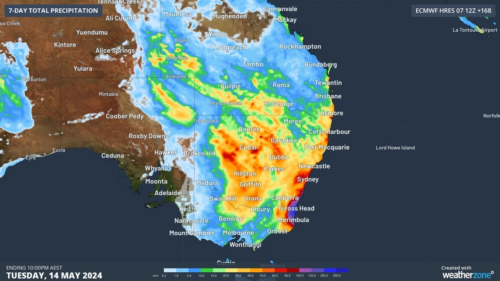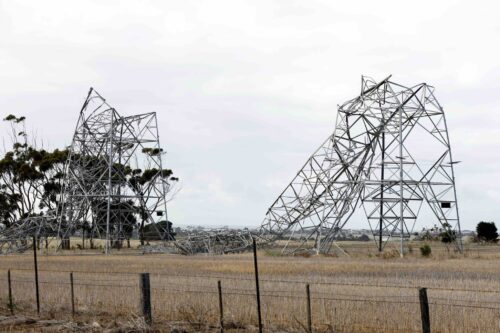When a flight takes off, it of course has a destination. But did you know that every flight has an alternate airport or back up plan in case of bad weather?
A flight will divert to another airport when weather conditions at the original destination airport are too adverse to land in.
There are of course many reasons that the pilot may decide to divert, however bad weather is the most common.
Thunderstorms, long lasting fog, severe turbulence, reduced visibility and low cloud can all cause a plane to divert to another airport.
Preparing for bad weather
Aircraft carry additional fuel when bad weather is forecast, so that they have enough fuel to circle or are in a holding pattern near the airport or have to divert to an alternate airport. When the weather is bad/severe, the aircraft must divert.
One of the longest flights into Sydney Airport is from Los Angeles, which is nearly a 15-hour flight. This long flight-time means that pilots and crew base their fuel requirements on weather forecasts made around 15 hours in advance.
So, you can see why accurate weather forecasts well in advance are paramount for large international flights, which may be close to running out of fuel as they arrive in Sydney.
The cost of diversions
Flight diversions can cost airlines hundreds of thousands of dollars. There may be a fee to land at the alternative airport and the airline staff could be at their maximum flying hours.
This means that the airline would have to put all the staff and passengers up in a hotel at the new location until they are able to fly again.
Aviation meteorologists can forecast the weather conditions that lead to flight diversions, allowing airlines to plan their operations with confidence. For more information on Weatherzone’s airline forecasting systems, please contact us at business@weatherzone.com.au.






